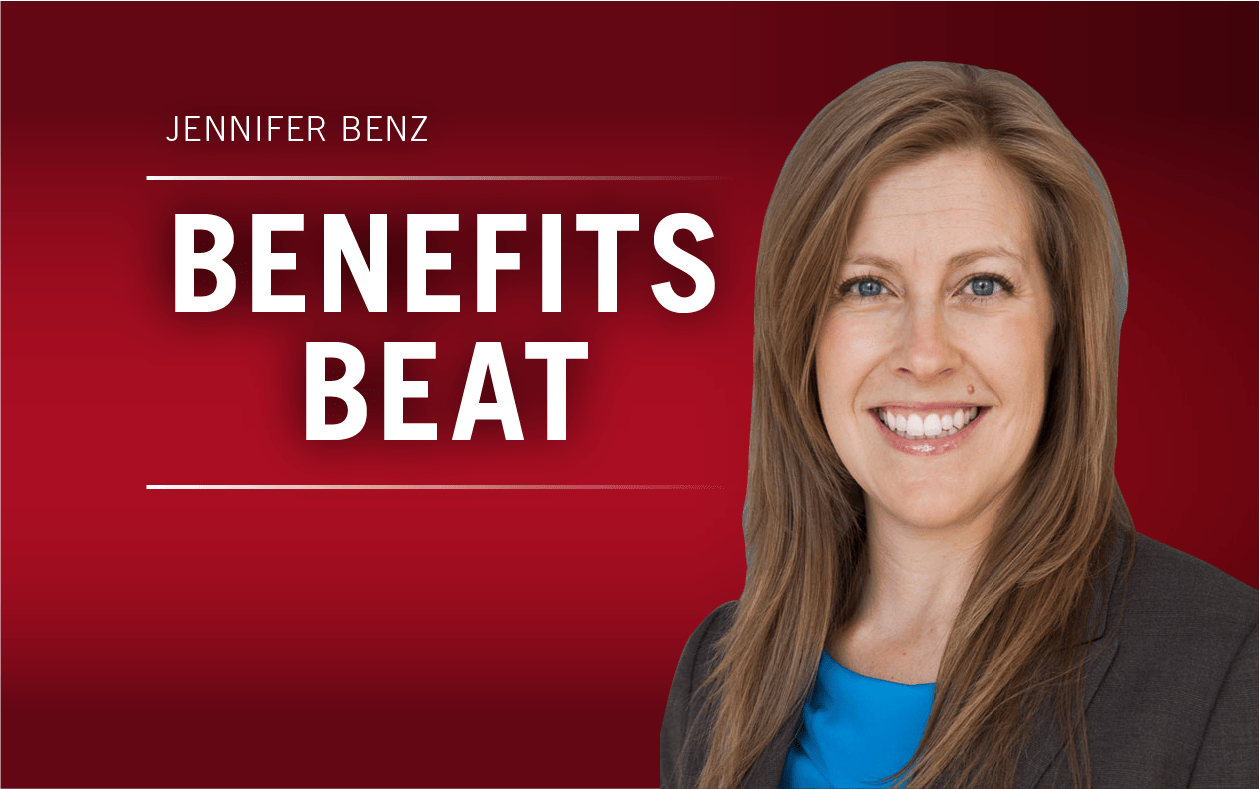Many of our clients are waiting for the release of a technology solution that will solve all their problems. Will this be the year everything clicks into place and ongoing benefits engagement is no longer a challenge? Once we have the right tools, everything will be simple, easy and consolidated in one place, right?
If only that were our reality. What we’re seeing instead is a benefits and HR ecosystem that continues to get more crowded and more complicated. Providers are getting increasingly sophisticated in the tools and resources they offer. At the same time, employers are offering benefits from more and more providers. While the niche programs and tools are highly valuable and a great way to meet the needs of a diverse workforce, this means a more complex ecosystem for employees to wade through (and benefits pros to manage).
Before you move forward and make any significant changes to your benefits ecosystem — including adding a new communications channel or provider — consider how they will fit into your current environment. First, evaluate the different communications channels and resources you’re using today. Then determine if they create a cohesive experience for employees and how new providers and communications channels can be incorporated.
At the heart of any successful benefits ecosystem is a single dedicated and highly branded website that houses all benefits information. This education hub, or portal, connects employees to all the various administrators, programs and providers to make their transactions. It should be built outside the firewall so it’s accessible to family members. As a single go-to resource, a benefits website makes the task of adding new programs or communications channels much easier.
Once your website is in place, think about how the pieces of your communications ecosystem — across administrators, providers and programs — fit together to move employees to and from the information they need. The most successful strategies utilize the strengths of multiple channels, and every organization needs to use several channels to reach employees and family members. As you review your current ecosystem and think about adding a new provider or communications channel to the mix, think about how to best use various tools to drive action.
- Alerts: Text messages, notifications, calendar reminders and single-topic emails are just some of the alerts we see every day. Alerts work best when they are personalized, targeted and timely. Look for how new providers incorporate alerts into the way they stay connected to employees and be cautious that you don’t overwhelm employees with alerts (or they will start to tune out).
- Promotions: Email, home mailers, posters and table tents are a just a handful of promotions we’re all familiar with. There are so many creative ways you can promote HR programs and resources. They can also be effective channels for your hard-to-reach audiences. These promotions point people toward education and transactional resources. Think about how you’ll use promotions to drive engagement across benefits and how you’ll make them as relevant and meaningful as possible.
- Education: Detailed brochures, websites, videos, in-person meetings and webinars. If you’re like most employers, this is where you spend the bulk of your time and resources when it comes to communicating benefits. You explain how things work and are building channels that provide helpful information so employees have 24/7, self-service access. When you add new providers, think about how the education provided on their sites integrates with what you already have available. And, think about what you’ll need to do to get employees to use those sites.
- Transactions: Benefits administration platforms, HRIS systems and providers’ websites can all be used to get stuff done, whether that’s enrolling, updating a beneficiary or participating in the wellness program. With mountains of personal data at their disposal, these channels create a compelling, targeted and personalized experience. But they are often full of resources that are underutilized. Plan for ongoing communication to drive usage of these platforms and tools.
A cohesive user experience is one of the biggest hurdles to ongoing engagement. While we may never have a single tool that does everything for us, looking at how all of the pieces work together and making ongoing benefits communication a priority will drive engagement.

